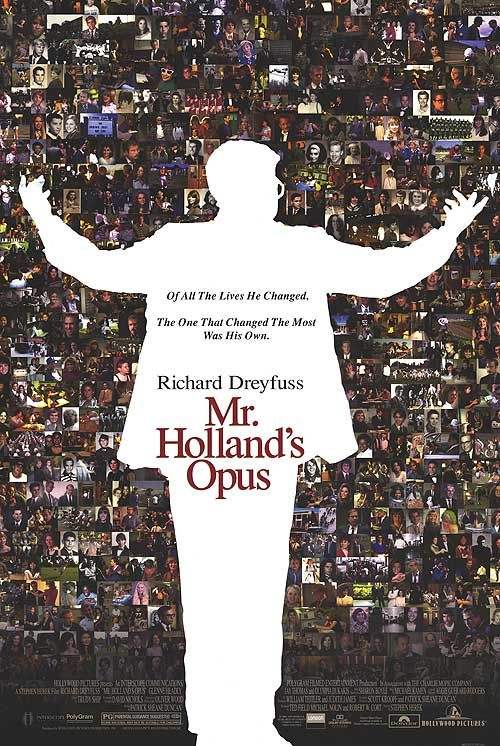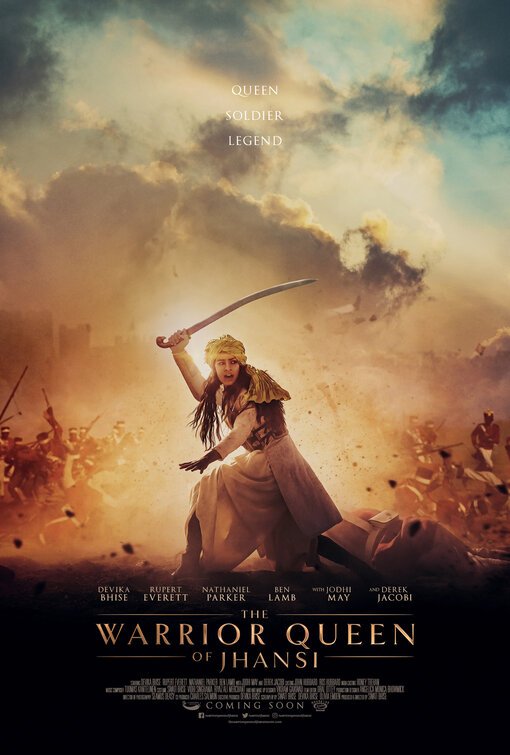“Politically Correct Account Filled with False Religion”

| None | Light | Moderate | Heavy | |
|---|---|---|---|---|
| Language | ||||
| Violence | ||||
| Sex | ||||
| Nudity |
What You Need To Know:
THE WARRIOR QUEEN OF JHANSI is fueled by action with battles and scenes of armies preparing for battle. Some of the sets are unbelievable, however. THE WARRIOR QUEEN OF JHANSI encourages peaceful negotiations before fighting and extols trust, kindness and empathy. However, it has a politically correct worldview filled with false religion and disturbing violence and killing. The “good guys” are oppressed Hindus in India. The villain is the local, greedy East India Company governor, who wants to kill all the rebels and forcibly convert the people to Christianity. THE WARRIOR QUEEN also has some revisionist history.
Content:
Very strong false religion, politically correct worldview as the “good guys” are oppressed Hindu and Muslim people in India with talks of ancestors, Hindu burial and other traditions, strong feminist elements as main character is thought to be a “wonder woman” and teaches women to fight for battle because they don’t just need men, the head villain is a British man running the East India Company in India who says he wants to convert the Indian people to Christianity but is just greedy, some light moral elements extolling peace talks with talks of kindness and depictions of empathy (the British army leader wants to talk with the Indian rebels, but he’s overruled by the villain), and a Christian element when Queen Victoria tells her Indian aide she will pray for his family in India, plus some revisionist history (the movie doesn’t mention that some rebels in 1857 attacked a garrison and murdered the British and European soldiers there and their wives and children) and some anti-capitalism
One “d” obscenity and one use of “bastard,” plus man vomits in one scene
Very strong, strong and sometimes disturbing violence includes using a knife to slit someone’s throat, images of many dead bodies, people attack others with sticks and beat them, practicing sword fighting and using bows and arrows, guns shown and used, shooting flaming arrows, stabbing others with machete type swords, two hangings shown, character shoots and kills a hurt horse that was in pain, woman is shown committing suicide, character holds a gun to a person’s head, cannons used, explosions, and a man is forced to lick another man’s blood
No sex
No nudity but woman wrapped in a towel comes out of a bath, and a woman’s dress features a keyhole opening in the back
Some casual drinking
One instance of a woman smoking and no drugs; and,
Strong miscellaneous immorality includes one group of people wants revenge over the other in the beginning, a member of the East India Company is just concerned about his money, slander when British are talking about the Indian people and vice versa, British kidnap man from another group, and some talks of joy when someone dies.
More Detail:
The movie begins by explaining what the British-run East India Company is doing to the Hindu and Muslim native people of India. The company went from just dealing with trading to now trying to conquest the villages and overthrow the leaders. By 1853, the greedy British man running the company is determined to take away the people’s freedom of religion and traditions and convert them to Christianity.
Cut to some native people in the State of Jhansi in Northern India in 1857 murdering a member of the British to show they want revenge for what the British are doing to their country. The current King of Jhansi and his wife, Rani, need to have an heir to the throne, so they adopt a little boy as their own. Shortly afterwards, Rani’s husband passes away, and she’s left to rule the province as their queen.
Cut to Rani training all her people to be fighters, just as she had been trained. She trains not only the men, but also the women because she believes they are strong enough to fight. Rani is ready to sacrifice everything for her people, even if that means dying herself in battle. She also prepares a group of “shadows.” These are women who look like her and will dress the same as her when they go into battle to confuse the enemy.
The British are low on men as many of them have died or are sick. The commander wants to make one last effort to negotiate with Queen Rani before sending his troops to battle. They call in Major Ellis, a friend of Rani’s who was at one time towing the line between supporting Rani’s cause instead of the British and maybe even falling in love with her.
The British send in Major Ellis in, years after he and Rani stopped communicating, because the fighting has been going off and on for nearly five years. When they meet again, things between them pick up just as before. During the meeting, Queen Rani informs Ellis she doesn’t intend to negotiate and will go down fighting for her people.
The British close in for battle, but Rani’s forces are able to hold them off for a week before reinforcements arrive. When many of the reinforcement troops are killed by the British, Rani decides it’s time for her people to fight. The battle begins and the British are able to infiltrate the village, but they mistake one of Rani’s shadows for her and only realize it after the woman kills herself. This gives time for Rani, her son, and some of her people to escape to a village more than 100 miles away.
All the people who made it out of the battle alive join Rani in the village as they prepare to fight yet another battle, which they aren’t sure will happen yet. Will Rani and her people win the war for their freedom? Or, will the British succeed in conquering their territory and make it their own?
THE WARRIOR QUEEN OF JHANSI is fueled by action. There’s constantly a battle happening or the viewers are watching both armies prepare for one. The costumes are time period appropriate and add to the movie. Some of the sets are not so believable, however, because the audience can tell easily they don’t scream 1850s India.
THE WARRIOR QUEEN OF JHANSI does encourage peaceful negotiations before fighting, and also shows that trust, kindness and empathy are important. However, the movie is filled with disturbing violence and killing. Finally, it has a false religion, politically correct worldview. The “good guys” are oppressed Hindu and Muslim people in India. The villain is the local, greedy East India Company governor, who wants to kill all the rebels and forcibly convert the people to Christianity. THE WARRIOR QUEEN also has some revisionist history. For example, the movie doesn’t mention that some rebels in 1857 attacked a garrison and murdered the British and European soldiers there and their wives and children. The British rule of India was often intense, but the people of India were not angels either.


 - Content:
- Content: 

